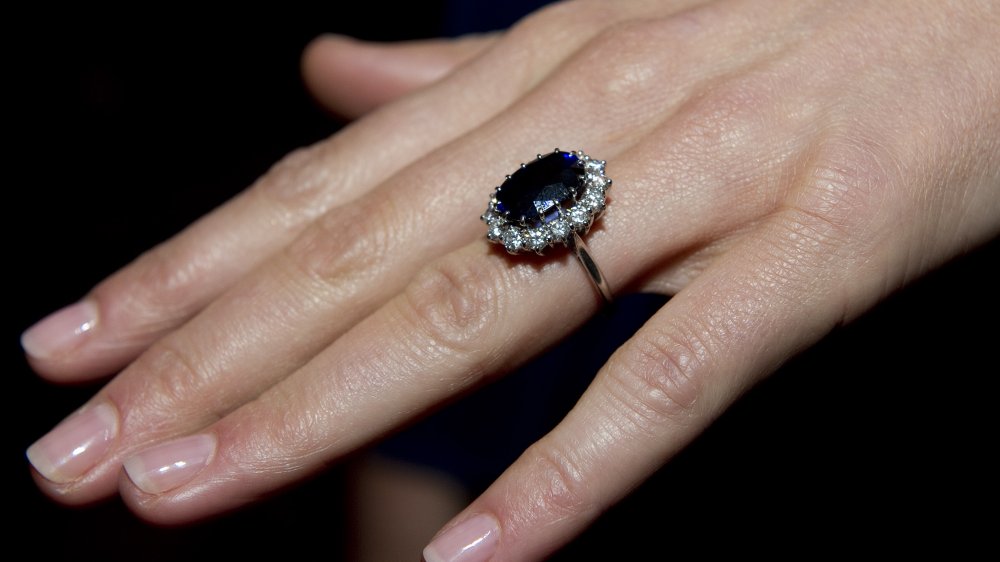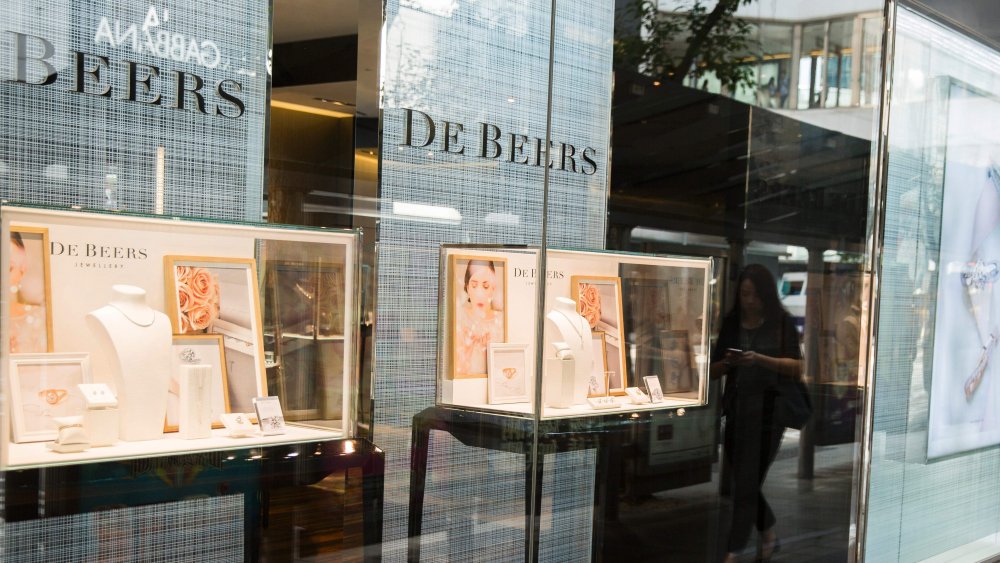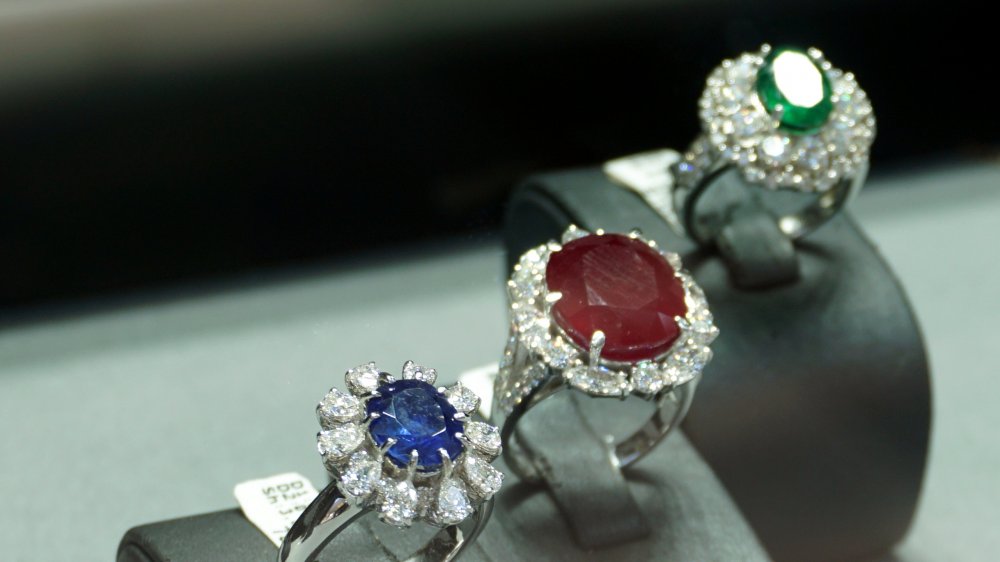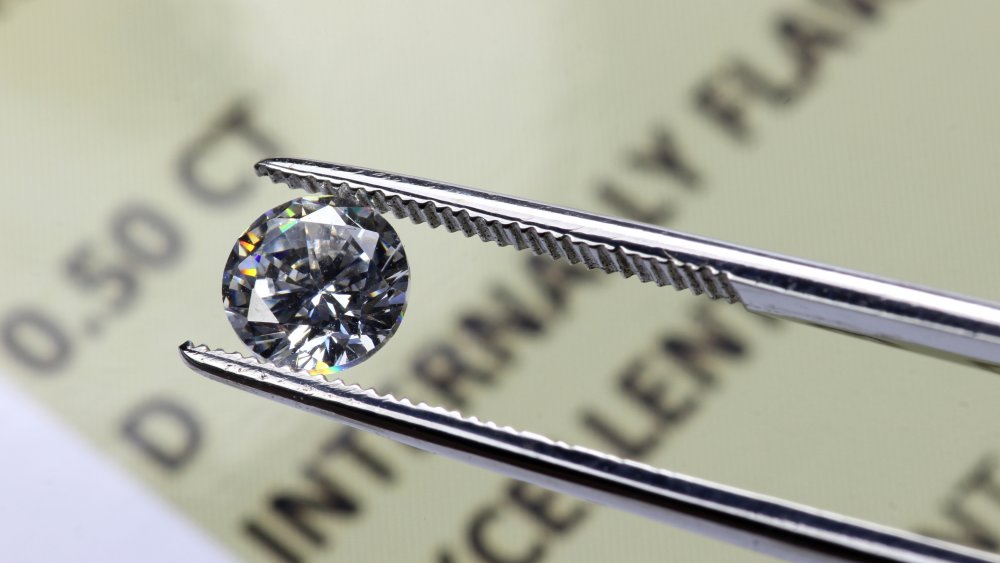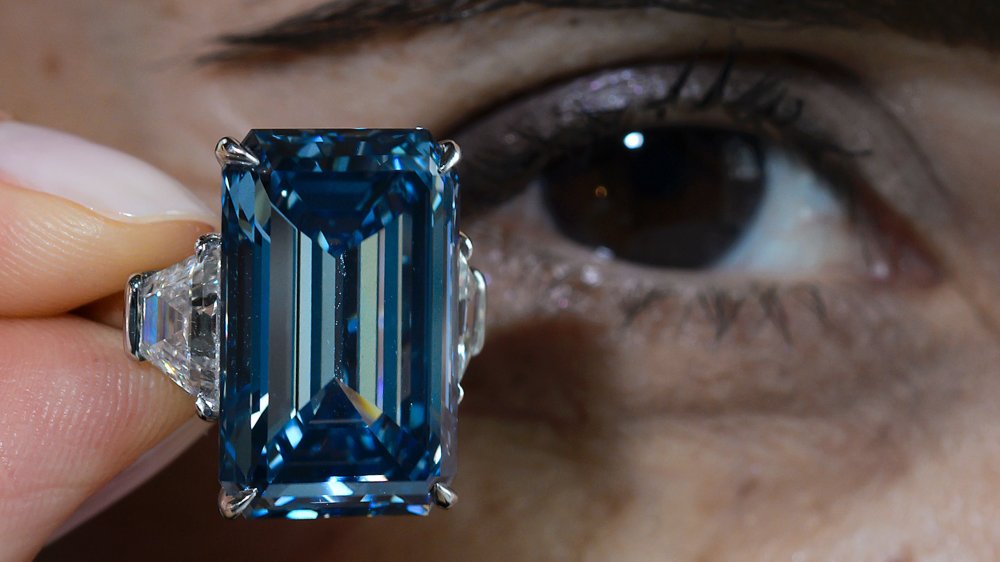Why Are Diamonds So Expensive?
Diamonds have been prized throughout human history. To the ancient Greeks and Romans, diamonds were the stuff of myth and legend; Greeks thought diamonds to be the tears of the gods, and for the Romans, diamonds were what made up the tips of Cupid's arrows. Some societies believed diamonds gave their wearers strength and courage, so it became a must-have accessory for some kings who were riding into battle. Others considered diamonds as amulets against evil, and during the Middle Ages, diamonds were the cure-all for everything from fatigue to mental illness (via Brilliant Earth).
The first recorded diamond engagement ring was given by Austrian Archduke Maximillian to Mary of Burgundy in 1477 (via Racked). When Napoleon declared his love to Josephine de Beuharnais in 1796, he used a ring set with a diamond and a sapphire (via True Facet). Closer to home, when John Kennedy proposed to Jaqueline Lee Bouvier in 1953, he presented her with an emerald and diamond ring — the diamond (2.88 carats) was a smidge larger than the emerald (2.84 carats). And in 1981, Lady Diana Spencer chose a 12-carat blue sapphire set against smaller diamonds for her engagement ring; it's the same ring Kate Middleton wears today.
Diamond engagement rings didn't become a thing until De Beers said so
Up until the late 1800s, diamonds were rare, and could only be found in select places across India and Brazil. But that all changed in 1870, when large diamond mines were uncovered in South Africa. Because diamonds went from being rare to being readily available, the mine's investors created a company called De Beers which controlled the trading and sale of diamonds. When the Depression in the 1930s wrecked the diamond market in Europe, De Beers moved to sell their stock in the United States, were an estimated 75 percent of its diamonds were being used to make engagement rings (via The Atlantic).
Edward Jay Epstein, who has written several books on the diamond trade, says De Beers worked with an advertising agency that made it a goal to change America's attitude towards engagement rings. Together, the companies felt it was important to get the public to feel that diamonds were a gift of love — and the bigger the rock, the deeper the feeling. They subsequently came up with an emotive advertising campaign summarized by the catchphrase "A Diamond is Forever." That catchy marketing campaign, which kicked off in the early 20th century, is one of the key reasons why diamonds are still so expensive today.
Diamonds aren't rare — so how are they priced?
Diamond mines can now be found in Botswana, Canada, and Russia, which means that the gemstones are not as rare as they once were (via Mining). True Facet even says that when compared to other gemstones like rubies, emeralds, and sapphires, the diamond is the most common precious stone out there, and as a result, rubies, emeralds, and sapphires are actually more expensive than diamonds are.
But there is still quality to consider, and that weighs heavily on the price of a diamond. To determine the value of a diamond, the stones are ranked, valued and priced on a scale known as the "Four Cs" — or carat, clarity, color, and cut. Along with shape and certification, these factors go together to determine just how much you could be looking to pay for a loose stone or a pre-set piece of jewelry, and help explain why diamonds are so costly in the first place.
What makes a diamond pricey?
The price of a diamond can vary based on its size and quality, both of which can drive its price up. Carat determines the total weight of a diamond; cut influences the way the diamond sparkles; color refers to how clear a diamond might be (the less color, the higher the grade and as a result, the higher the cost); and clarity, or the imperfections that you might be able to see, either with the naked eye or through a microscope.
Other factors that might play into the cost of a diamond is the shape in which it is cut (which could also affect its quality), and whether the diamond has a certificate says it has been independently valued, assessed, and graded by experts certified by the Gemological Institute of America (GIA) (via Blue Nile).
So as far as an experienced jeweler is concerned, a 10-carat colorless diamond that's cloudy may not be worth that much more than a smaller stone with perfect clarity and brilliance.
Fancy colored diamonds are the most expensive
Yet another critical factor that can add zeros to a diamond's price tag is whether a stone is naturally colored (also known as "fancy colored") because unlike white, colorless diamonds which are found everywhere, fancy colored stones are rare. DMIA says fancy colored diamonds make up less than 0.1 percent of the total number of diamonds mined worldwide.
The rarity of diamonds that range in color from yellow (most common) to red (most rare) almost guarantees that the gems are either priced well beyond the reach of most people on the lookout for a nice piece of jewelry or that the gems are sold even before they are processed and cut.
This explains why gem collectors are willing to pay millions of dollars for diamonds like The Winston Blue ($23.8 million) and The Pink Star ($71.2 million). By these pricing standards, an engagement ring that might cost between $10,000 to $15, 000 from Tiffany's might actually seem like a real bargain (via Purewow).
